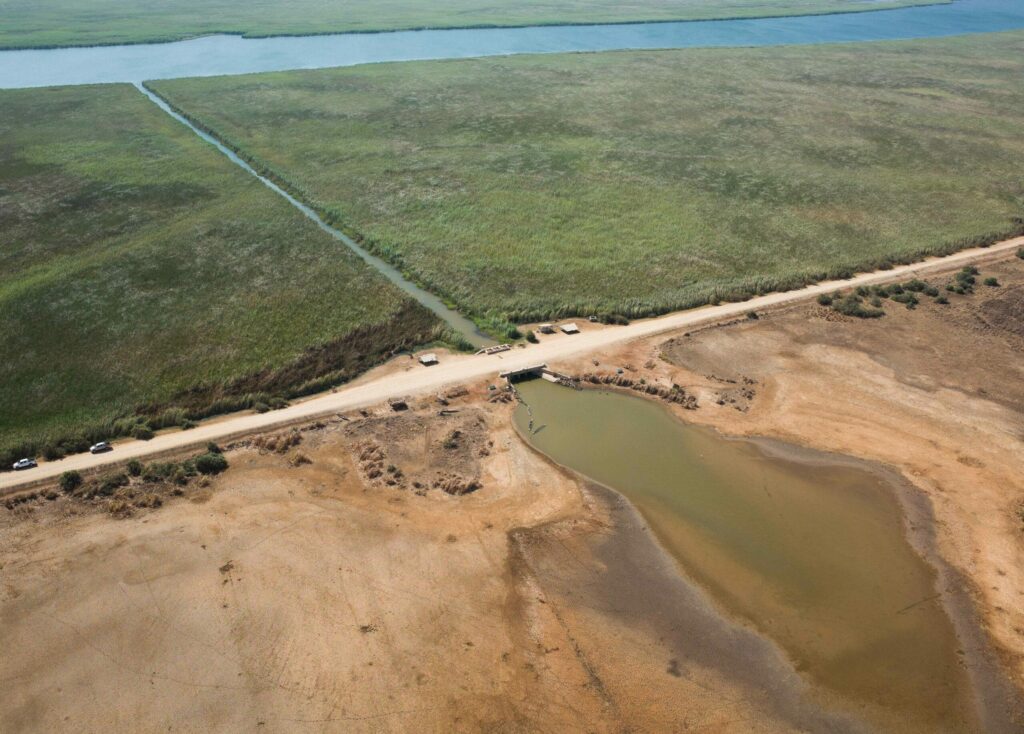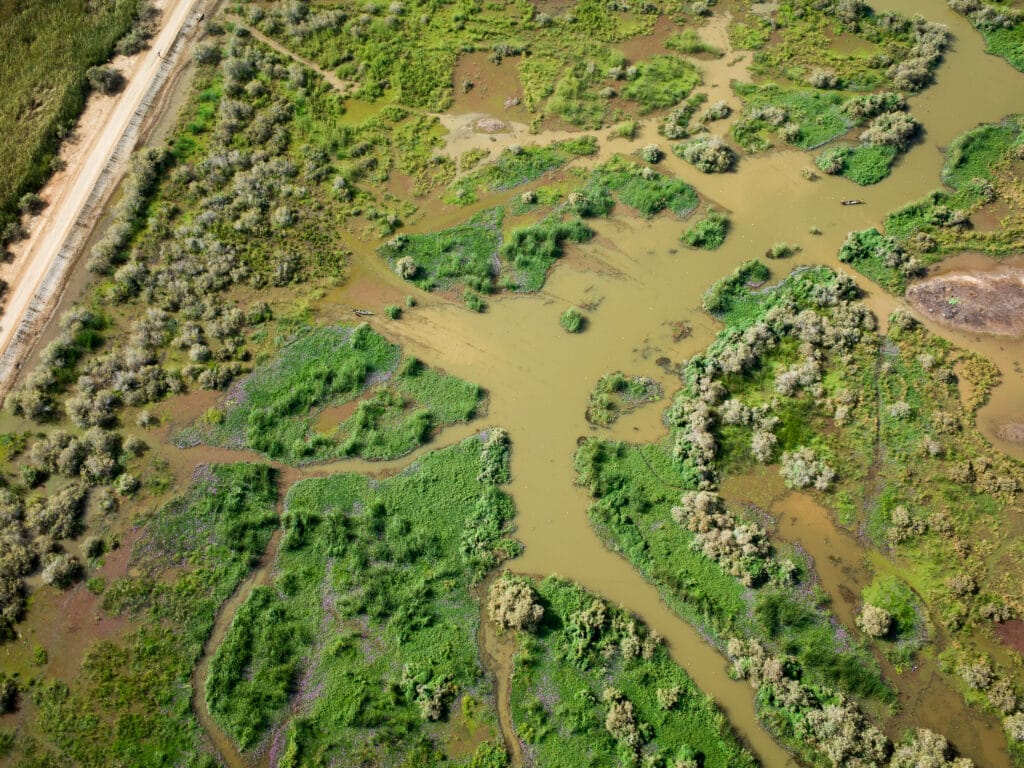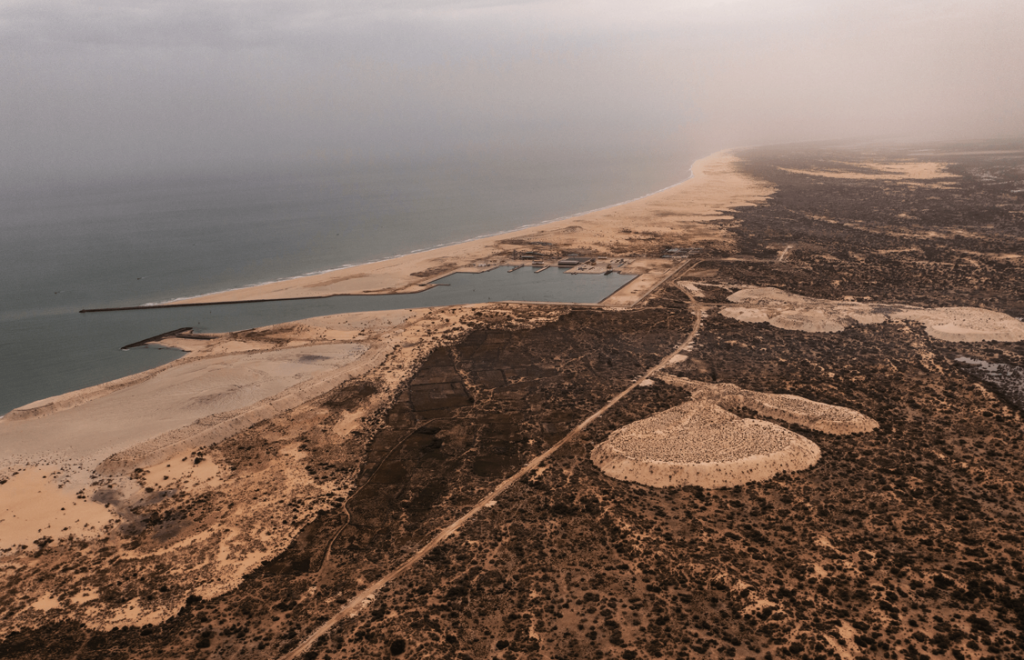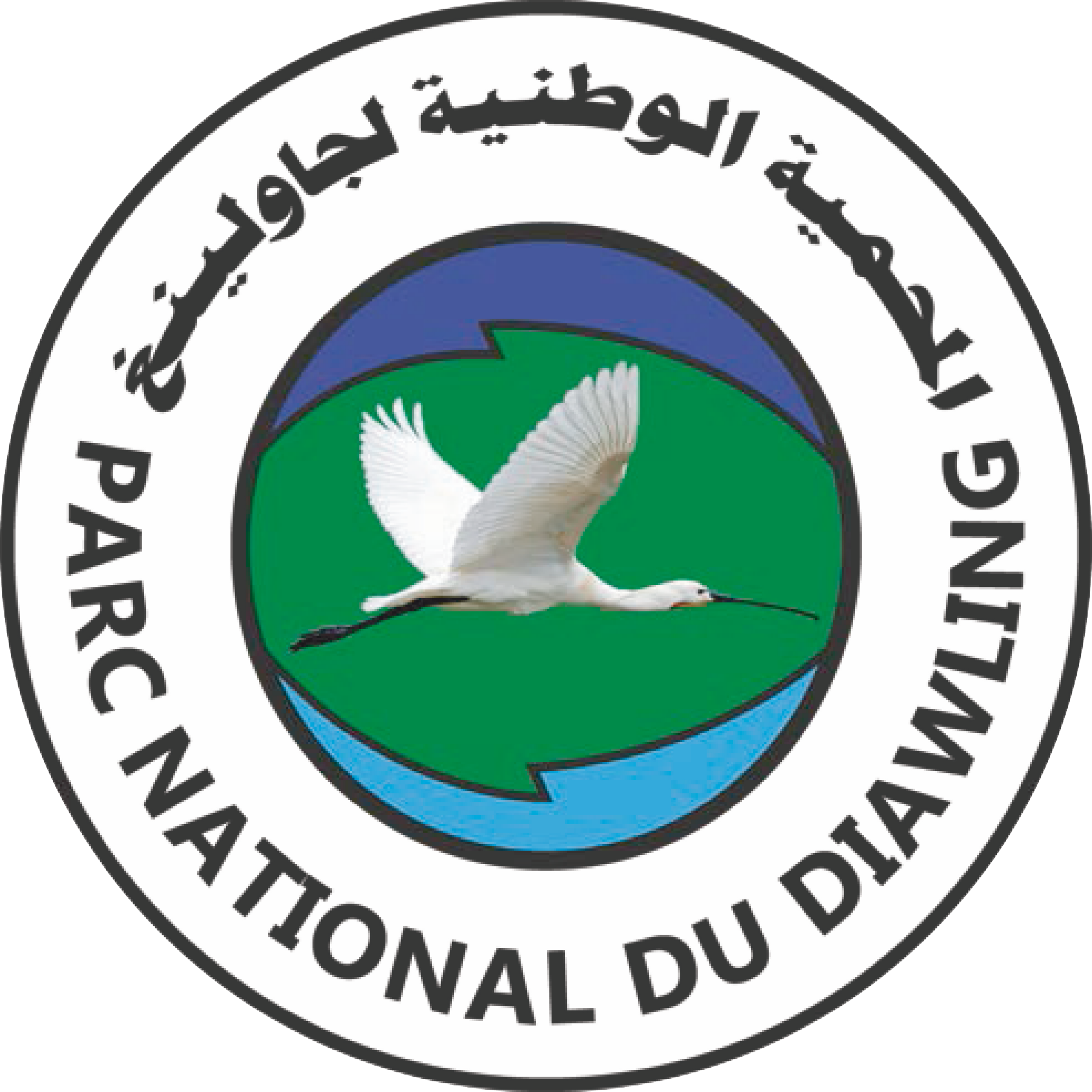Presentation of the ndp
Created in 1991, the Diawling National Park (PND) is located in the lower delta of the Senegal River on the right bank and covers a central area of more than 16 ha and a peripheral area of more than 000 ha. The Park is part of the wilaya (region) of Trarza and the Moughataa (department) of Keur Macène. It is deployed on the territory of the municipality of N'Diago.
The lower delta of the Senegal River, a rich but threatened space
The PND was founded in 1991 in a context of strong environmental pressures, taking into account the consequences of hydraulic developments (Diama dams in 1985, Manantali in 1986 and annexes) on the Senegal River, combined with the perverse effects of the droughts of the 70s and 80s. The destruction of habitats, the disappearance of biodiversity and the The rural exodus were the direct consequences of disruption of this deltaic ecosystem.
Today it is an exceptional protected site where the conservation of the incredible diversity of landscapes, ecosystems and plant and animal species is in harmony with local development and the fight against poverty of the populations of the area.

The status of the PND
Created by decree No. 91-005 in 1991, the Diawling National Park is a Public Administrative Establishment (PEA), placed under the supervision of the Ministry of Environment and Sustainable Development in Mauritania.
Classified as a Ramsar zone since 1994, it is the most important wetland system in West Africa. It has also been recognized since 2005 as the core of the Lower Senegal River Delta Transboundary Biosphere Reserve (RBTDS), erected as part of the program Man & Biosphere (MAB) of UNESCO. Her role in the fight against hunger has been attested by the FAO in 2005 (recognition medal). Finally, in 2012, IUCN recognizes the PND as an unprecedented example of ecological restoration among protected areas.
The Diawling National Park, vector of unprecedented restoration of ecosystems and biodiversity
In this context, and since its creation, the PND is responsible for three main and complementary missions, to know :
1.
Hydrological management of the lower delta of the Senegal River, with an artificial flood-flood system which reproduces pre-dam hydrological conditions
2.
Restoration and conservation of ecological values, ecosystems and biodiversity
3.
The establishment of a unique hydraulic system serving biodiversity and local communities
To compensate for these negative impacts, and thanks to local traditional knowledge, the park has been regulating, since 1994, the flooding of the plains by means of an efficient hydraulic system made up of valves and structures. The waters of the river which pass through the park basins feed an estuary of several thousand hectares, unique in Mauritania.
The opening and closing of structures govern the alternation of floods and recessions (wet period from July to March and drier period from April to July). Hydrological management has made it possible to artificially reproduce the functioning of the lower delta estuary, and thus restore and conserve the richness of ecosystems which depend on seasonal hydrological variations. This hydrological scenario implemented each year according to the annual flood plan constitutes the condition sine qua ecological restoration direct and indirect ecosystem services.
In addition to providing ecosystem services, the installations, and more particularly the dikes, also allowed the opening up of the area.

What are the most visible results?
Over the last thirty years, the PND has acquired real maturity, which has materialized by convincing successes in ecological restoration of ecosystem functions of the lower delta and the return of biodiversity. Today, the PND stands out both by its rich biodiversity, and at the same time by high biological productivity (both fisheries, livestock, market gardening and artisanal, from non-wood products).
Depending on the level of flooding of the basins, the vegetation spreads, the natural resources regenerate and offer the visitor a constantly renewed spectacle. These are more than 369 species of birds, 65 species of fish, 39 of mammals, 17 of lizards, 15 of snakes, 5 of amphibians, and even 3 of turtles and 1 of crocodile who reside within the PND (non-exhaustive count).
All these elements make the PND a model site for environmental conservation and restoration in West Africa.
New challenges
Through their contribution to human well-being and economic development, Protected areas in Africa, like the PND, are important, but often underestimated, elements, natural capital. Indeed, these resources undeniably contribute to economic growth as well as resilience to the effects of climate change, and they provide livelihoods to a population heavily dependent on their productivity.
However, these areas face increasing threats: short-term development ambitions often lead to conflicts between humans and nature. The socio-economic importance of these protected areas is often not sufficiently taken into account, so that their value often only becomes tangible after their destruction.


Anthropogenic activities that weaken this jewel of biodiversity
Even today, human activities of use of biological resources, the modification of hydrology and water management practices, agricultural developments (50km irrigation channel of 16000ha), the construction of the multifunctional port of N'Diago and the installation of a city which will be associated with it, the exploitation of GTA gas (Grand-Tortue – Ahmeyim by BP), climate change, pollution, opening up and other infrastructures, or even invasive species are all factors that weaken this jewel of biodiversity that the PND represents.
All these threats still legitimize the role of the PND today in the lower delta region, and still make its actions of conservation and protection of natural capital in the area necessary.
